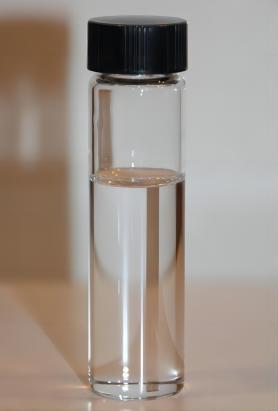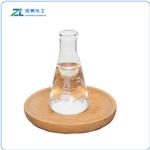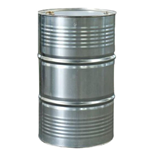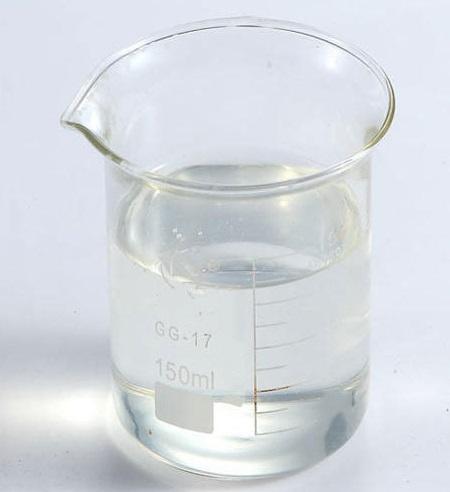Ethylene Glycol Poisoning
Ethylene glycol is a colorless, odorless, sweet liquid, commonly found in antifreeze.

Ethylene glycol may be drunk accidentally or intentionally in a suicide attempt. When broken down by the body, it results in glycolic acid and oxalic acid, which cause most of the toxicity. The diagnosis may be suspected when calcium oxalate crystals are seen in the urine or when acidosis or an increased osmol gap is present in the blood. Diagnosis may be confirmed by measuring ethylene glycol levels in the blood.
Ethylene glycol poisoning is poisoning caused by drinking ethylene glycol. Symptoms may include nausea, vomiting, convulsions, stupor, or even coma. Ethylene glycol toxicity should be suspected in anyone who is severely ill after drinking an unknown substance, especially if they at first appear drunk and you can't smell alcohol on their breath.
Early treatment increases the chance of a good outcome. Treatment consists of stabilizing the person, followed by the use of an antidote. The preferred antidote is fomepizole with ethanol used if this is not available. Hemodialysis may also be used in those where there is organ damage or a high degree of acidosis. Other treatments may include sodium bicarbonate, thiamine, and magnesium.
Ethylene glycol has been shown not only to be toxic to humans but also toxic to domestic pets such as cats and dogs. A toxic dose requiring medical treatment varies but is considered more than 0.1 mL per kg body weight (mL/kg) of pure substance. That is roughly 16 mL of 50% ethylene glycol for an 80 kg adult and 4 mL for a 20 kg child. Poison control centers frequently use more than a lick or taste in a child or more than a mouthful in an adult as a dose requiring hospital assessment.
Ethylene glycol has a low vapor pressure; it does not evaporate readily at normal temperatures and therefore elevated concentrations in air or intoxication are unlikely to occur following inhalational exposures. There may be a slight risk of poisoning where mists or fogs are generated, although this seldom leads to poisoning as ethylene glycol causes irritation and coughing when breathed in, alerting victims to its presence. Ethylene glycol is not easily absorbed through skin, meaning poisoning following dermal exposure is also uncommon.
);You may like
Related articles And Qustion
Lastest Price from Ethylene glycol manufacturers

US $30.00/kg2024-04-27
- CAS:
- 107-21-1
- Min. Order:
- 1kg
- Purity:
- 99%
- Supply Ability:
- 5000kg/week

US $20.00-15.00/kg2024-04-26
- CAS:
- 107-21-1
- Min. Order:
- 1000kg
- Purity:
- 99%
- Supply Ability:
- 5000kg/week




